|
By Karima Diane Alavi When I worked as a university professor in Isfahan, Iran, the thundering sound of canons startled me each morning at the beginning of Ramadan. Eventually, I got used to the daily signal that the fast had just begun, a new day had dawned, and it was time to stop eating and drinking until the evening when the fast would end. That sound was nothing compared to the blasting of even more canons to announce that, with the sighting of the new moon rising above the mountains, the month of Ramadan was over. That’s when the real noise began. My friends and I walked along the wide, busy sidewalks, and watched vendors selling sweets, toys, and holiday clothing, enjoying a brisk and cheerful business until at least midnight. Everyone who was in their car rather than walking, apparently found it necessary to honk their horns as they inched through the street crowd. Tired babies were bounced in their father’s arms. Old ladies seemed to have cast off a couple decades of their lives, as they locked arms and maneuvered between crowds to get the freshest most fragrant flowers, knowing they’d cast their sweet scent through homes for days. It was official: the holiday had begun. Eid al Fitr, or the Festival of Breaking the Fast, has several elements that are shared around the world, no matter where you join the celebration. The day begins with a special prayer. Depending upon the size of the crowd this prayer can take place within a mosque, or outdoors at places such as parks, or even grassy soccer fields. Muslims in Houston fill the downtown convention center on this day. The prayer service includes a khutbah, or “sermon” offered by an Imam. This prayer often encourages attendees to continue their heightened focus on religious practices such as extra prayers, generosity, and words and acts of kindness, those things that were heightened during the month of fasting. At some ceremonies, prayers are preceded by donations called Zakat al-Fitr. These donations are distributed to help those in need. Traditions around the world may differ from that point on, with many mosques, or even cities, hosting festive activities like games and rides for children. Many Muslim organizations hand out toys that were collected through an annual Eid Toy Drive. The Eid celebration sometimes continues for two or three days, depending upon the country where it’s being celebrated. No matter where the Eid is enjoyed, it’s a time to visit friends and family, to rejoice in the completion of another month of fasting, and the beginning of a new month. The Many Foods of Eid al-Fitr: With the completion of the Ramadan fast people celebrate around the world. Of course, these events involve enjoying a wide variety of foods, depending upon the location of the festivities. Sweets, including dates, are usually accompanied by tea. If you were to celebrate in Syria or Lebanon, chances are, you’d be served a shortbread cookie called Maamoul, often stuffed with dates, pistachios and walnuts before being sprinkled in powdered sugar. Variations of this recipe are found in Iraq, Egypt, and Sudan, among other places. Somalis often break the fast with a bread that’s similar to a crepe, but with a variety of spices added. Also dotted with powdered sugar, this is dipped into yogurt before eaten. Breaking the fast in India, Pakistan or Afghanistan? Be ready to enjoy Sheer Khorma, a mix of dates, milk, sugar, pistachios and almonds. You can also assume that baklava and halva, popular sweets in the United States, will appear around the world as part of the Eid celebration. Are you catching the focus on sweets here? That’s no coincidence. The Prophet Muhammad always broke his daily Ramadan fast by eating an uneven number of dates, accompanied by water. This tradition of enjoying the sweetness of dates, along with the “sweetness” and joy of life, faith, and family, continues to be celebrated around the world during each day of Ramadan and on the morning of the Eid celebration. Beyond the sweets, there’s a broad range of foods enjoyed in different parts of the world. These include dumplings stuffed with lamb or beef, a variety of kabobs served over jasmine or basmati rice, and traditional salads and soups. If you’re interested in trying holiday recipes, this is a good place to begin: https://www.foodnetwork.com/holidays-and-parties/photos/ramadan-recipes 2025 Eid al-Fitr at the Dar al Islam Mosque and Education Center, Abiquiu, New Mexico: This year, Dar al Islam hosted its largest ‘Eid celebration of its four-decade history. The opening prayer was attended by approximately 150 people. The crowd swelled as the day moved on, with many local visitors taking advantage of the open invitation to join the festivities. By the end of the Eid celebration the number of visitors had grown to 300, including non-Muslims who stopped by to chat, tour the site, and enjoy refreshments. There were children kicking soccer balls between them, enjoying the playground, and assuring that the bouncy house was busy.
2 Comments
Daria Roithmayr
4/17/2025 01:44:28 pm
I loved this story, and was so happy to see the joyous Eid-al-Fitr celebration at Dar-al-Islam. (Baby's first Eid parents include my law school faculty colleague!) Rafaat Ludin has done a wonderful job bring Dar-al-Islam to an even wider set of friends and community members, and we are so happy to be part of the same community to celebrate together!
Reply
Thank you for the wonderful article, sister Karima. It was a wonderful day./
5/4/2025 06:55:34 pm
A mix of the old and the new.
Reply
Your comment will be posted after it is approved.
Leave a Reply. |
Submit your ideas for local feature articles
Profiles Gardening Recipes Observations Birding Essays Hiking AuthorsYou! Archives
October 2025
Categories
All
|
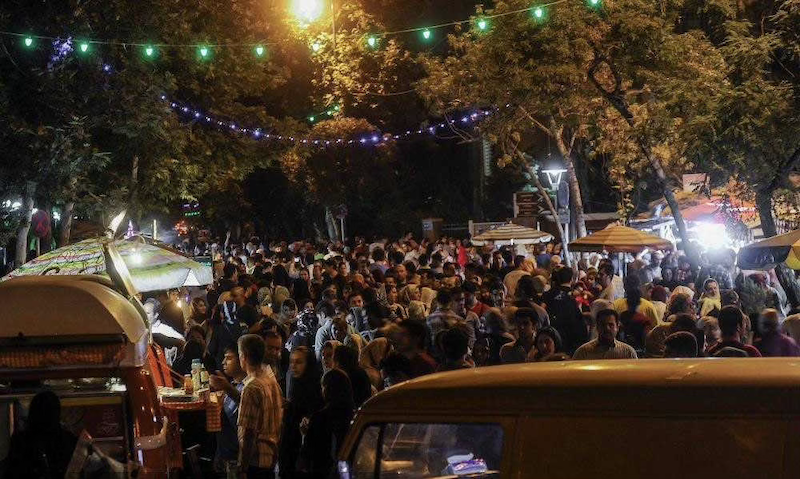
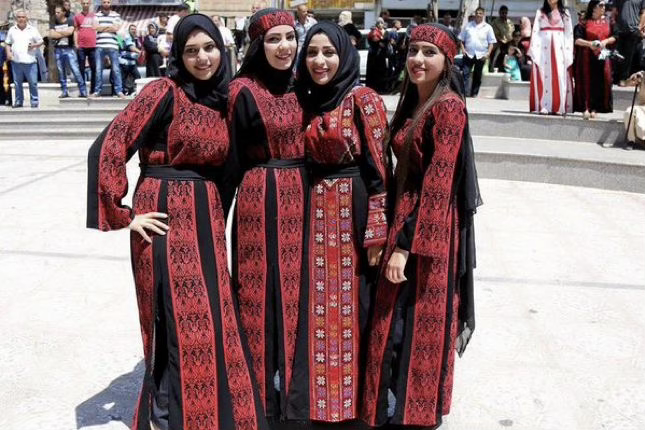
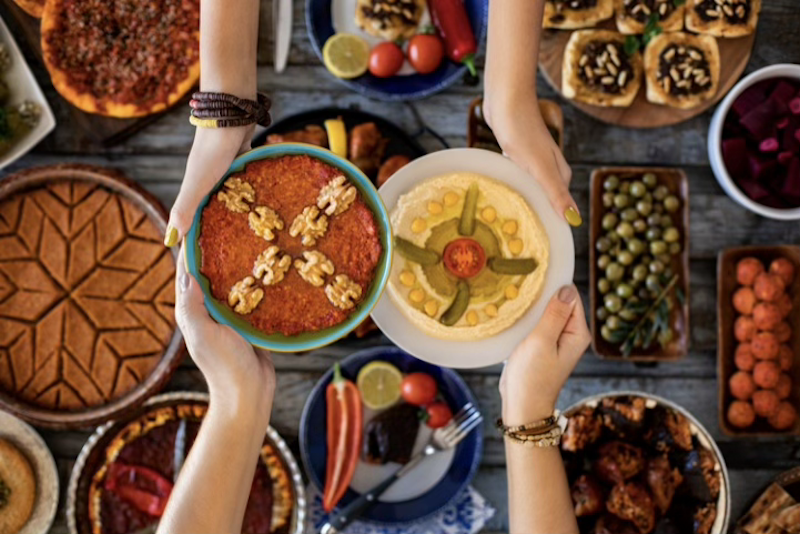
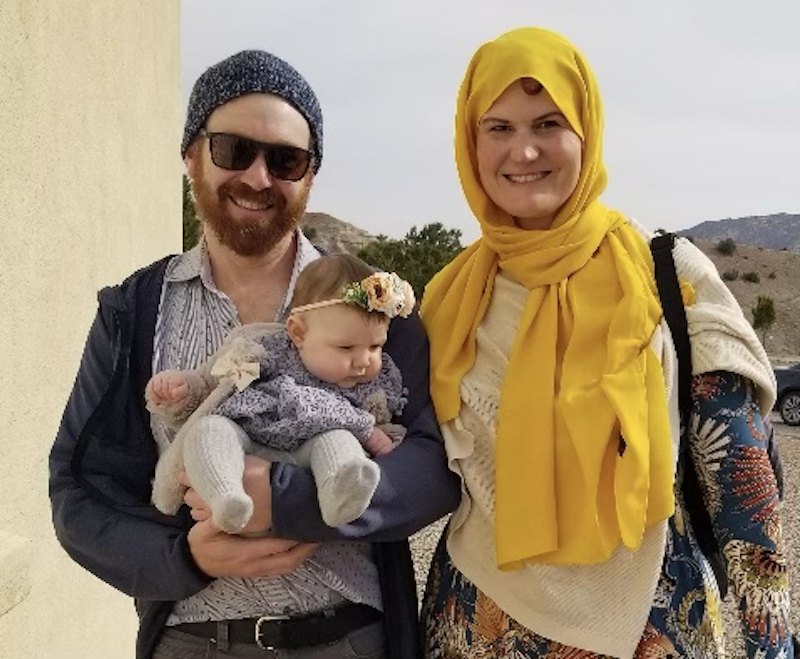
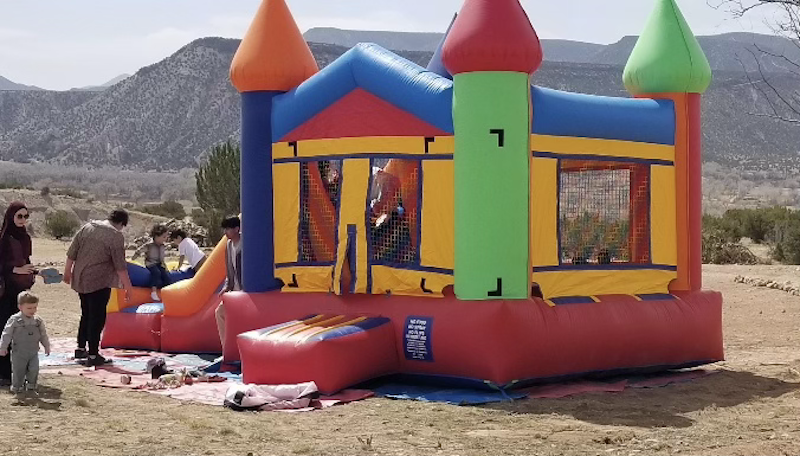
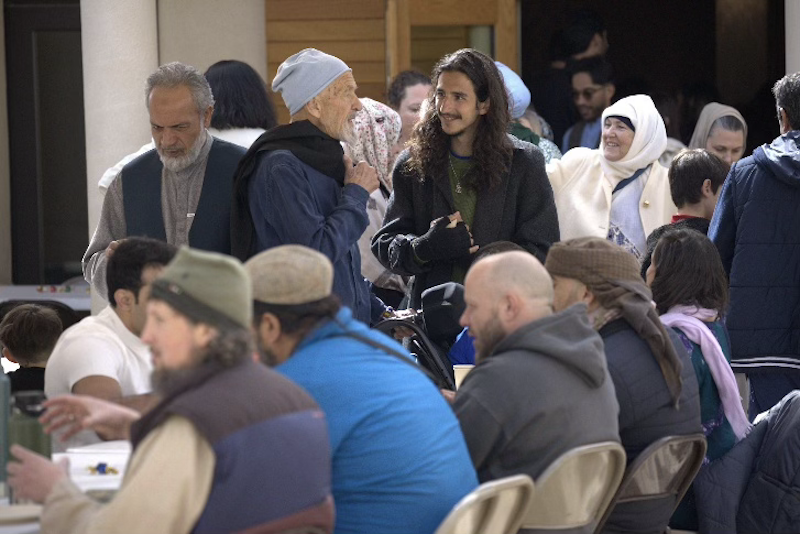

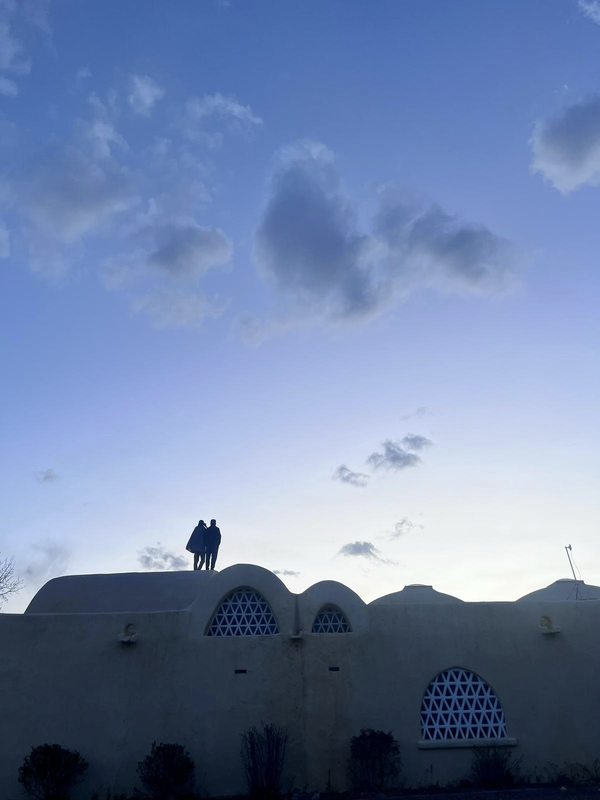
 RSS Feed
RSS Feed